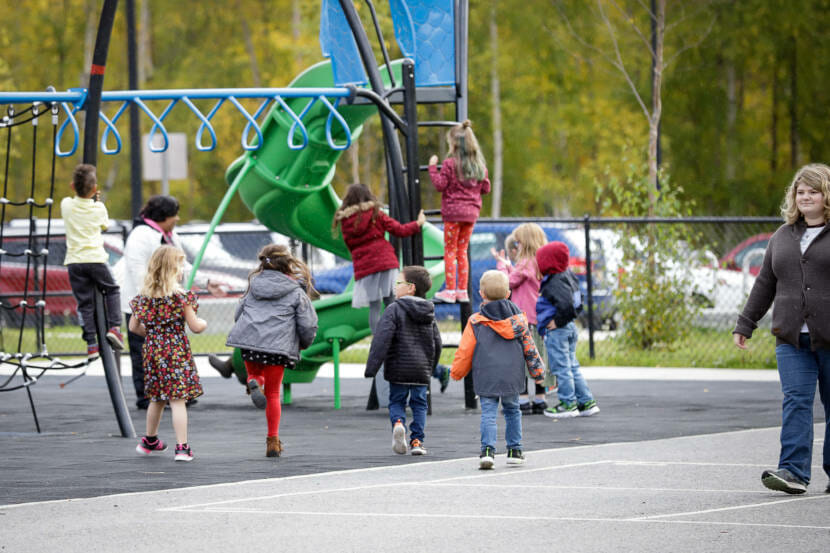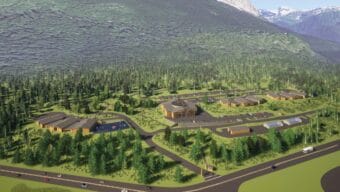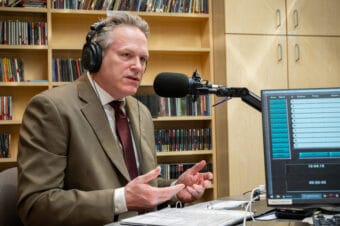
Gov. Mike Dunleavy’s proposed budget for next fiscal year keeps education funding for K-12 public schools about the same as this year.
Alaska school districts have decried the continued flat funding, saying it’s leading to large budget deficits.
Dunleavy said at a news conference Thursday that his proposal is a jumping off point for legislators, and he expects the school funding amount could increase as they debate the issue.
“For me to put a number in the budget, some will say it’s too little, some will say it’s too much,” he said. “So what we’ve done is we put forth a budget here on Dec. 15, to begin that discussion.”
Alaska schools are funded through what’s called the base student allocation. It’s basically a dollar amount per student.
Dunleavy’s proposal puts it at $5,960, just $30 more than what it had been since 2016. It’s still far below the rate of inflation, and that flat funding essentially means that the money school districts have received has been worth less each year. That’s something Dunleavy said he anticipates coming up in the Legislature when its session begins in January.
“We do understand and we look forward to having discussions with the Legislature on what that education funding will look like going forward,” Dunleavy said. “We will certainly understand there’s inflationary issues that need to be addressed.”
While the current budget forward-funded schools for the next fiscal year, when oil prices were high, Dunleavy said the drop in prices, “practically zero that concept out.”
In a written statement Thursday evening, Anchorage School District Superintendent Jharrett Bryantt said he was disappointed by Dunleavy’s proposal but looked forward to working with the governor and Legislature to find a funding solution.
“While we are disappointed to learn there is no additional public education funding in the governor’s proposed budget, we are very encouraged to learn he recognizes the inflationary pressure on our District, our families, and our communities and wants to work with us on sensible school funding solutions,” Bryantt said.
For the Anchorage district, flat funding would mean a $48 million budget deficit next school year. The school board is set to vote on preliminary cuts on Monday, with proposals ranging from closing schools to cutting programs to increasing class sizes.
Senator-elect Cathy Giessel said she thinks the Legislature will definitely discuss school funding during the upcoming session, but said the funding formula is complicated. In an interview Thursday, she said she didn’t yet have an ideal funding amount.
“It’s so complex that it is going to take a lot of attention, and will take a lot of time for the Legislature to actually review it, understand it and make the appropriate revision,” she said. “But we need to do it.”
In total, Dunleavy’s education budget is slightly smaller than last year’s, likely due to declining enrollment across the state. The first day of the next legislative session is Jan. 17.
Alaska Public Media’s Kavitha George contributed to this report.



